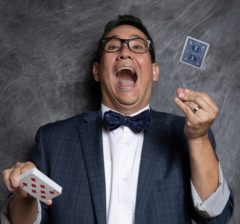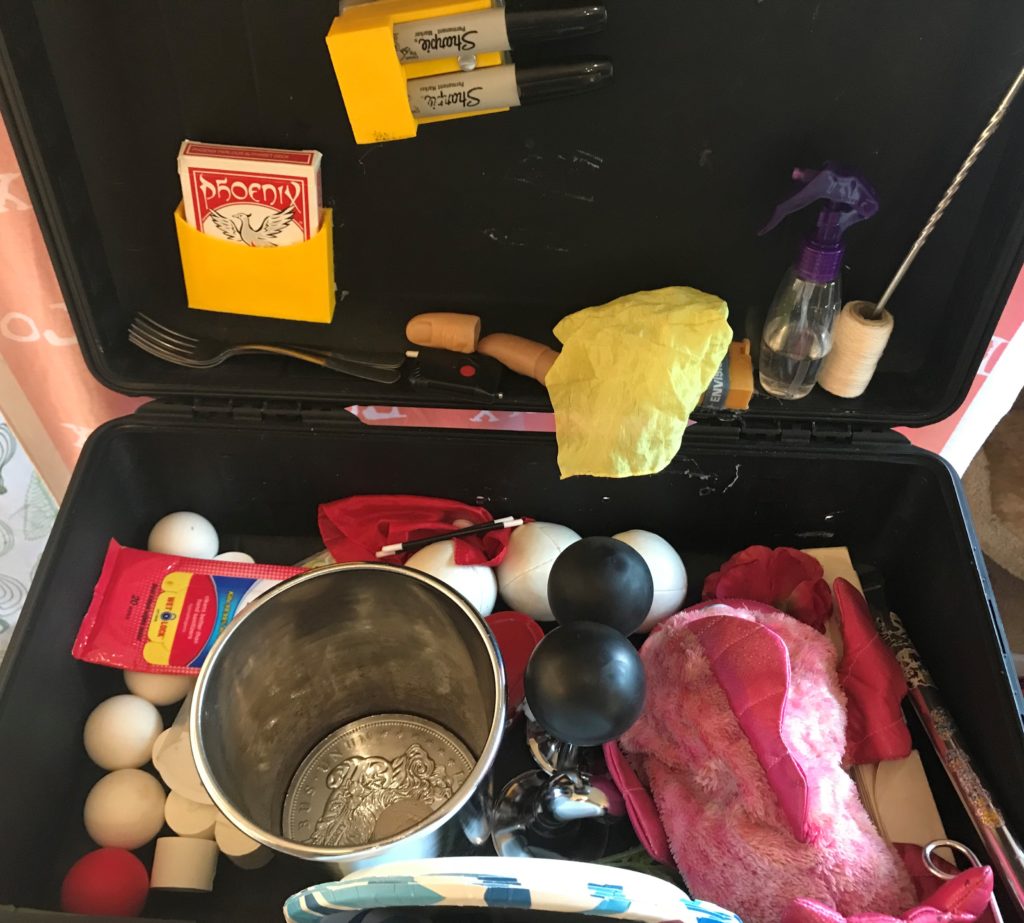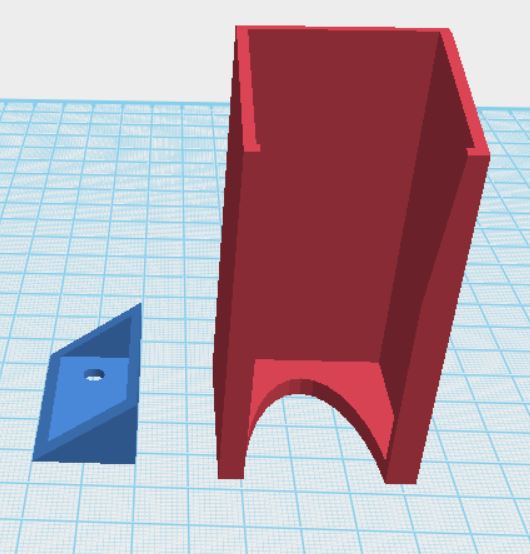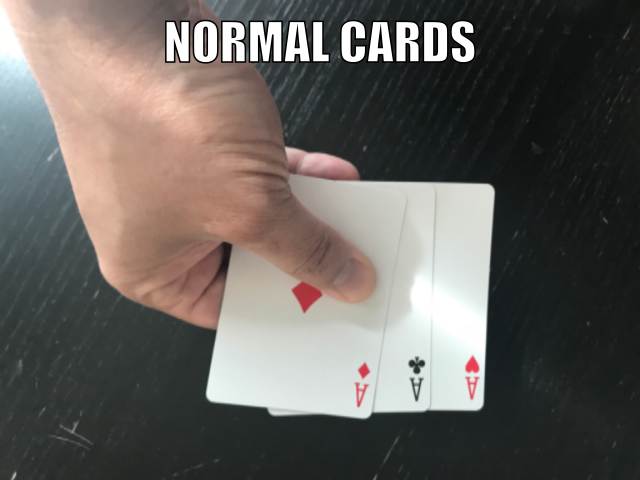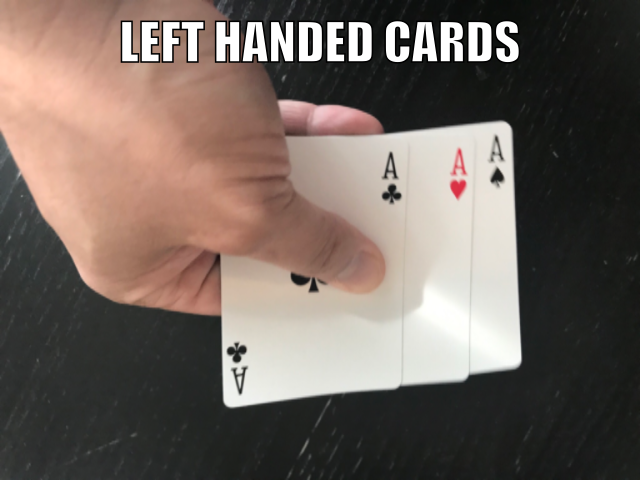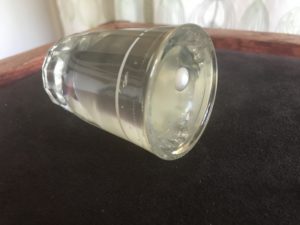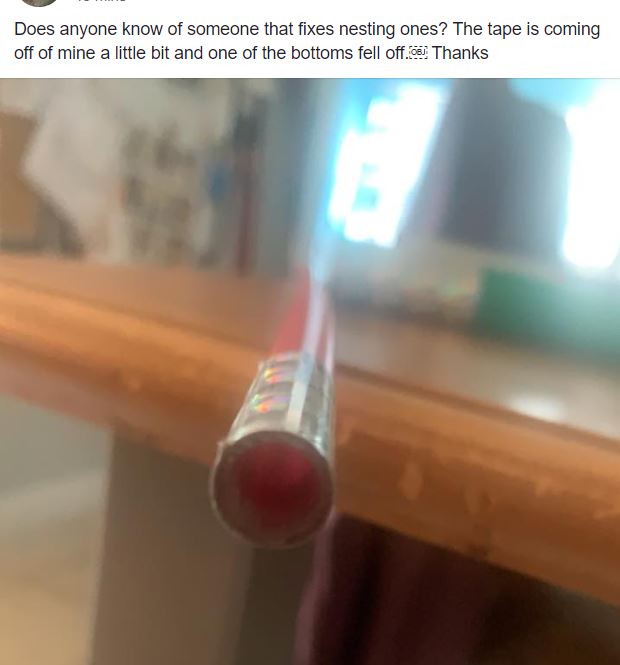
A while ago I picked up a used copy of Howard Hamburg’s D Lecture notes. One of the things the mentions in it was that Dai Vernon didn’t like was kicker endings. Vernon’s thinking was here’s the trick I’m showing you, and now here’s something completely different that doesn’t make sense…ta-dah!
Now let’s fast forward to a magic video that was posted in a facebook magic group recently. Watch this:
Did he get your card?
He didn’t find mine.
Now let me tell you what’s wrong with the video of the trick:
First of all, he didn’t find my card! If you tell me to pick a card and don’t find it, I don’t care what else happens, it’s going feel unresolved.
Next, the switch out of the pocket is sloppy. It may work in a in-person context where you are talking to people, but not in a video with zero presentation.
Finally the reveal of the fan of cards changing is just bad magic. When the hand holding 4 cards drops out of frame multiple times and for an extended period of time right before you reveal the change, it’s just not good magic.
Add these up and it’s a bad presentation of a trick.
This trick needs a presentation that’s not a promise that will be unfulfilled (unless you get lucky). Also, t he performer needs to be aware that their need to keep their props in frame. It doesn’t matter if you don’t need to drop out of frame or not, it detracts from the magic. Or if you do need to move out of frame, try to hide it and don’t to it immediately before the reveal.
Now go out and do good magic.
